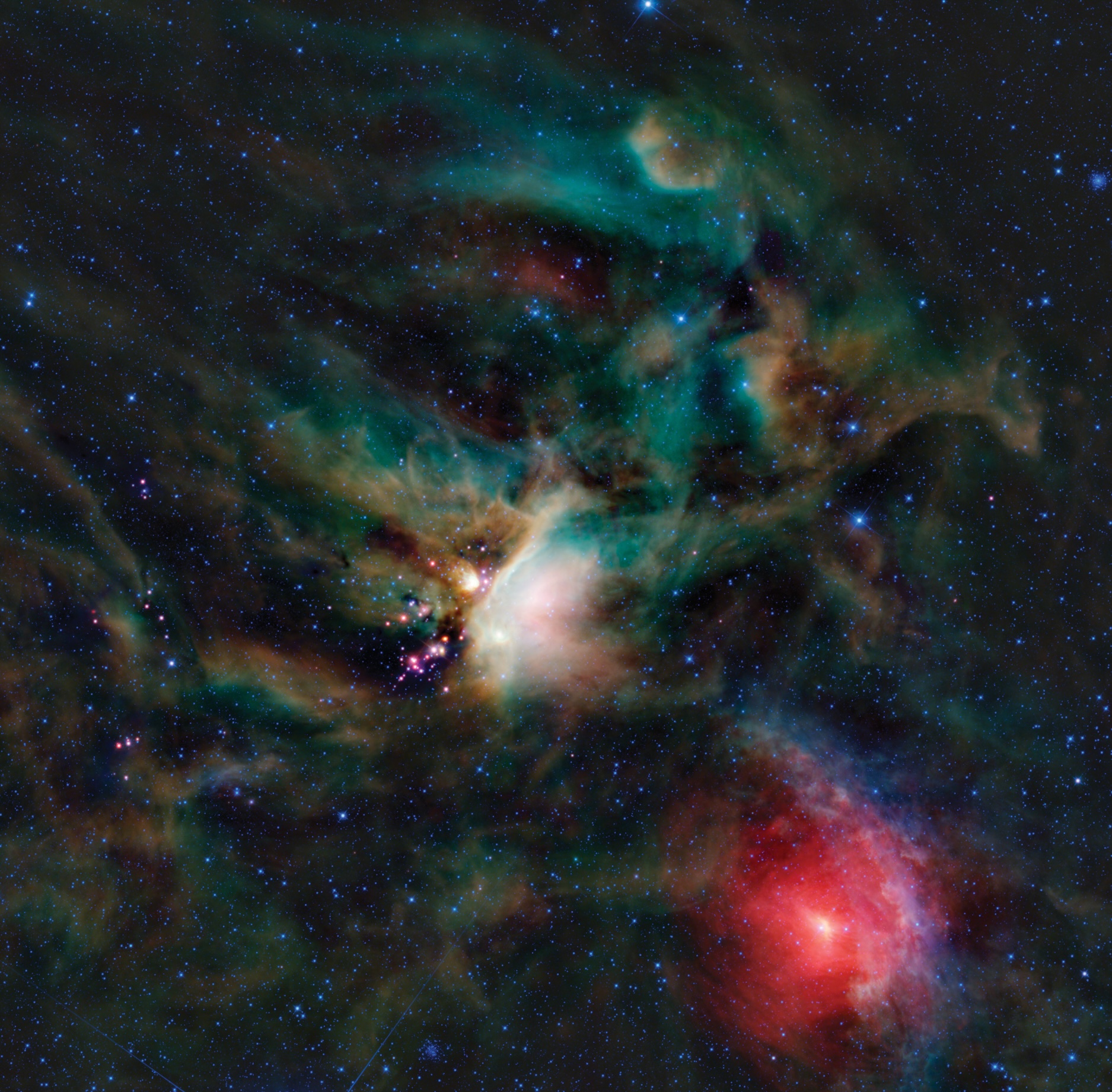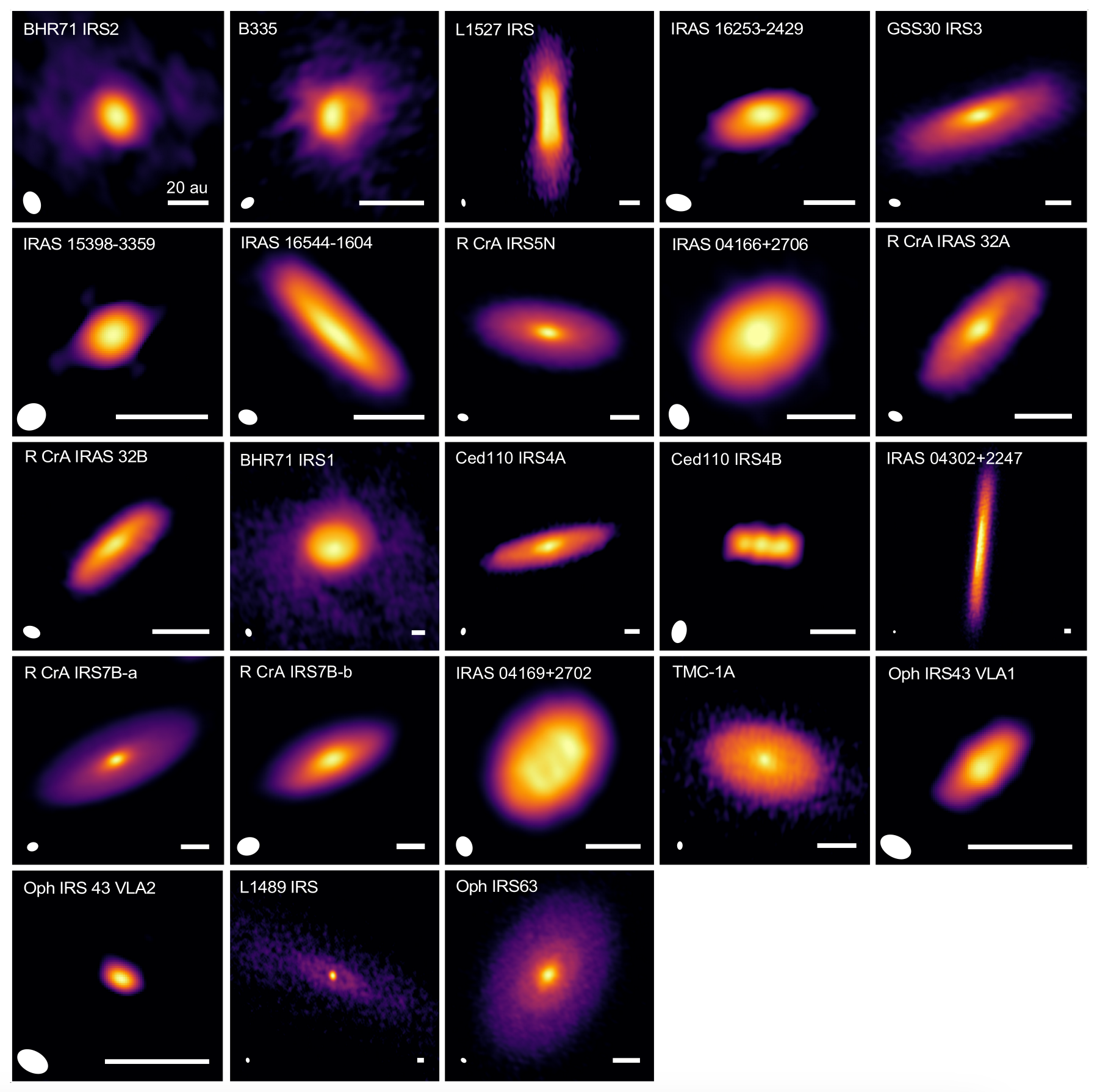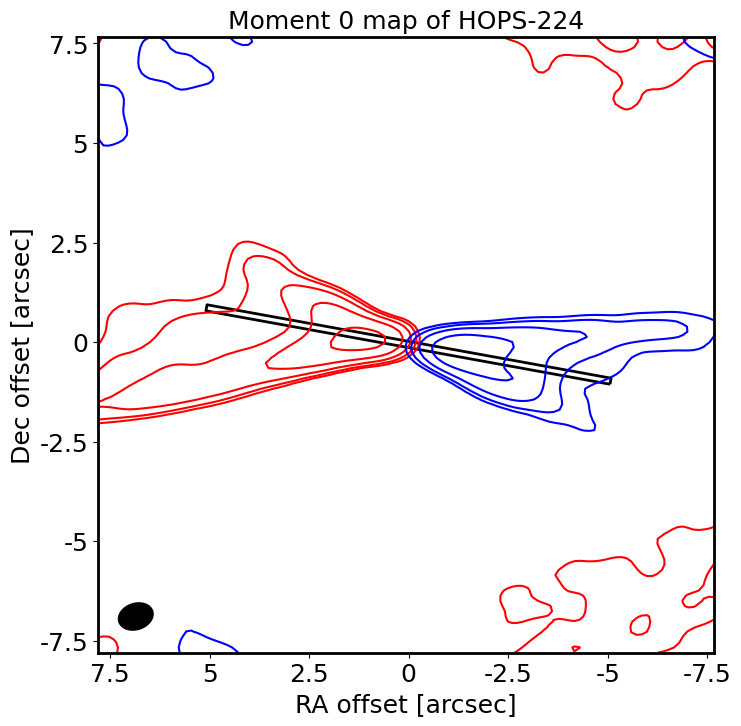Young Stellar Objects (YSOs)

YSOs in Rho Ophiuchi (WISE)
Young Stellar Objects (YSOs) are stars in the earliest stages of their evolution, typically forming within molecular clouds. YSOs accrete dense materials from molecular clouds, gradually becoming more massive and eventually evolving into stars like our Sun. YSOs are divided into two categories: protostars and pre-main-sequence stars. Protostars represent the earliest stages of YSO evolution, typically younger than 1 million years (Myr). They are deeply embedded within their parent molecular clouds, and surrounded by protostellar disks and dense envelopes of gas and dust. Pre-main-sequence stars are the next stage in the evolution of YSOs, spanning from 1 Myr to 10 Myr in age. These stars are surrounded by protoplanetary disks, where new planets can form.

Gallery of eDisk project (Ohashi et al., 2023)
Our team investigates various circumstellar structures around young stellar objects, such as disks, dense envelopes, and outflows, to study how stars and planets form in the universe. Circumstellar disks play a crucial role in planet formation, as they are the regions where new planets are formed. We observe these disks using radio interferometric observations to uncover the evidence of planet formation around young stellar objects. We participate in the international eDisk (Early Planet Formation in Embedded Disks) project, which aims to explore the possibility of early planet formation around the embedded protostars (N. Ohashi et al., 2023).
Protostars are surrounded by dense envelopes, which provide material that accretes onto central star. Recent observations have revealed that many protostars feature preferentially narrow accretion channels, called streamers. Our team studies dense envelopes surrounding protostars to investigate the role of streamers in the star formation process. We also model streamer structure and their polarimetric characteristics, comparing these models with observations to gain new insights into the role of streamers in star formation.

Bipolar outflows of HOPS-224
observed by ALMA (Moon et al., in prep.)
Protostars also show energetic bipolar outflows. Bipolar outflows are powerful phenomena that occur during star formation and play an important role in determining a stellar mass by removing angular momentum. These bipolar outflows are known to be strongly influenced by magnetic fields during their formation, and we are studying how these outflows relate to magnetic fields and how the interaction between outflows and magnetic fields affects star formation.